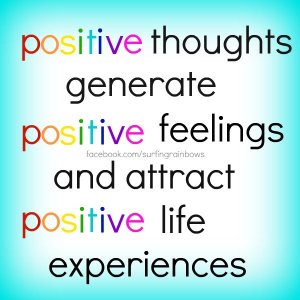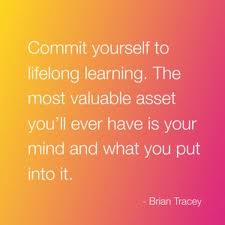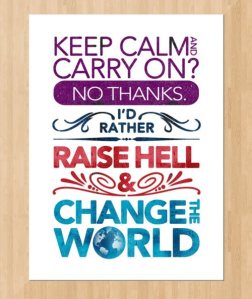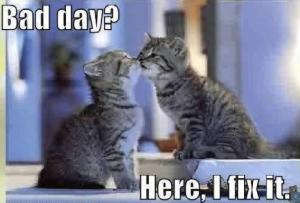When people experience stress the reports globally sound the same: sweaty palms, increase heart rate, heavy breathing, clenched muscles.
 There have been numerous amounts of research studies and devoted health experts that have told us that high stress levels should be avoided as it increases physical and mental illness (common cold, cardiovascular disease, anxiety, depression). We practice yoga, learn to meditate, try to breath deeply, attempt to stay in the moment and learn to say no to either prevent or circumvent our stressful experiences because nobody wants to be ill. We have become accustomed to avoiding stress.
There have been numerous amounts of research studies and devoted health experts that have told us that high stress levels should be avoided as it increases physical and mental illness (common cold, cardiovascular disease, anxiety, depression). We practice yoga, learn to meditate, try to breath deeply, attempt to stay in the moment and learn to say no to either prevent or circumvent our stressful experiences because nobody wants to be ill. We have become accustomed to avoiding stress.
However new research indicates that stress can be helpful to us, if we believe it can be. We know that it is unreasonable to say “I will avoid all dramas or stressful life events forever.” That is just not possible, however what is possible is changing the way we perceive our stressful experience. We can learn to stress our smarter, not harder.
Health Psychologist, Kelly McGonigal tells us that stress can be beneficial to us IF we change our perception of how we experience it. Often times when people experience the symptoms of stress (increase heart rate) they relate it to anxiety and then start worrying about the negative impacts of this experience, which in turn increases the chances of going into a full blown anxiety attack.
It’s all mental; it starts in the brain; it begins with the awareness of a belief.
Our belief (or perception) of our stress symptoms and outcome directly impacts how our physical bodies respond to stress. This in turn impacts how resilient we are in dealing with our stressful event. If we decide to notice our heightened breathing as a sign that there is more blood flow, then we can be set in motion to accomplish a stressful event at hand. If we say to ourselves, okay, my body is giving me signs that tell me I am stressed that are helping me to activate behaviors that will benefit my current situation, then in fact our belief will become a reality.
Basically, its our belief about our stressful experience that determines how our bodies and minds respond to it. So, be kind and stay positive when you are feeling a heightened sense of stress…it’ll make all the difference in the world.











